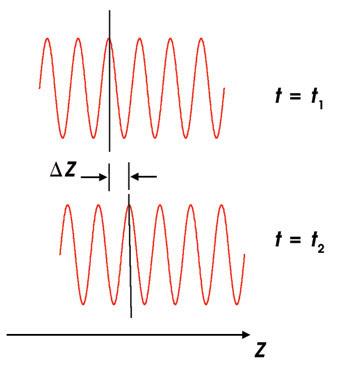Engineers are taught that group velocity is the actual signal speed, meanwhile phase velocity just measures the waveform within a wave packet, so it's illusory and can be greater that c. This is usually correct, but in unusual fast-light mediums, even group velocity can be greater than c. If you send a pulse and time the difference between the peaks of the input and output, it's "faster than light". Naturally this caused many arguments.
One can imagine the fast-light medium as an analog computer that "detects" your pulse and immediately generates its own signal, no physics laws are broken. But then what determines the actual signal speed here? According to some arcane physics that few remember, it's the Sommerfeld precursor. Maxwell's equations actually say that the moment you press "send", it always creates an extremely small electromagnetic pulse "forerunner" that travels at the light speed in a vacuum. This is the ultimate upper signal speed limit.
But this created more arguments... "So you can always transmit as fast as the vacuum light speed, and medium doesn't ma
... show moreEngineers are taught that group velocity is the actual signal speed, meanwhile phase velocity just measures the waveform within a wave packet, so it's illusory and can be greater that c. This is usually correct, but in unusual fast-light mediums, even group velocity can be greater than c. If you send a pulse and time the difference between the peaks of the input and output, it's "faster than light". Naturally this caused many arguments.
One can imagine the fast-light medium as an analog computer that "detects" your pulse and immediately generates its own signal, no physics laws are broken. But then what determines the actual signal speed here? According to some arcane physics that few remember, it's the Sommerfeld precursor. Maxwell's equations actually say that the moment you press "send", it always creates an extremely small electromagnetic pulse "forerunner" that travels at the light speed in a vacuum. This is the ultimate upper signal speed limit.
But this created more arguments... "So you can always transmit as fast as the vacuum light speed, and medium doesn't matter?" Well, good luck on detecting zeptowatts... https://www.photonics.com/Articles/Fast_Light_Slow_Light_and_Optical_Precursors/a27833#electronics
